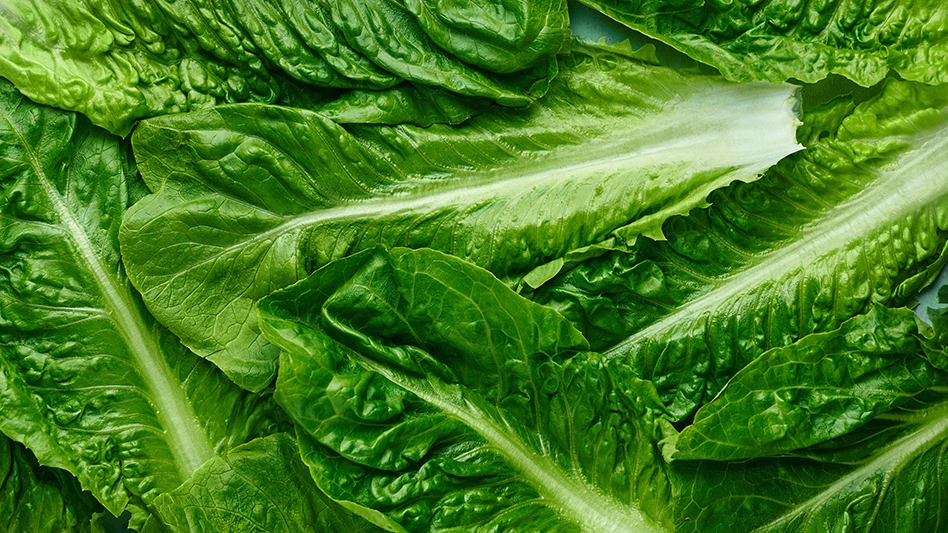
Have you started Talking Transparency? If not, you’re among the few who haven’t.
It’s not a new concept by any means. In fact, as far back as 2011, a QA feature on Temple Grandin discussed the need for industry to “open its doors”. But, as noted in the “3 Ts” feature, supply chain transparency for consumers, downstream customers, and regulation is becoming an over-arching dynamic for tracking and traceability systems. In fact, the concept is so dominant, it was one of two topics which struck me as key at the GFSI Global Food Safety Conference in early March (the other was “public/private” — which is a whole different column). As such, it also is discussed in a number of other articles in this issue of QA, including From the Advisory Board, What Consumers Want, and Consumer Perspectives.
As can be seen by the headlines of the articles in the previous paragraph, consumers are a driving force of the initiative, and whatever consumers want, retailers try to provide, which then impacts the entire food chain. The retail focus of this is evidenced by web postings I recently ran across from two completely distinct providers: Domino’s and Amazon.
A couple weeks ago, we decided to order a Domino’s pizza. While I usually just call in the order, I thought I’d try the online system this time ... and it turned out to be rather interesting. Not only do you see your pizza type and topping selections before hitting order (ensuring it is exactly what you said rather than what a harried worker heard), you can track the status of the order “from the moment it’s prepared to the second it leaves our store for delivery or is ready to be picked up.” And the online graphic really did show our pizzas going through each step of the prep/bake/delivery chain (as shown at left).

How helpful would it be to be able to see every step of your supply chain — from source through process to delivery in this same way! Although the graphic may not be quite as fancy, if current pilots and other initiatives are successful, the emerging blockchain technology for food supply tracking is likely to take the food industry in this very direction. (See Blockchain.)
Also interesting was the blog post related to the GFSI Conference by Amazon Vice President, Health and Safety, Sustainability, Security & Compliance Carletta Ooton. Entitled “Food Safety is Vital to Customer Trust,” the post begins: “Mention Amazon.com and most people probably think about online shopping, Kindle e-readers, or maybe original TV shows and movies.... Food safety is likely very far down the list.” It certainly is for me. While I am a “Prime” shopper, the only food I’ve purchased from Amazon was a jerky variety pack with meats such as ostrich, alligator and kangaroo (we haven’t yet tried that last one!). I knew Amazon had a pantry section, but I’ve learned it also has Amazon Fresh, “our take on grocery shopping”; Prime Now quick delivery of certain packaged foods and restaurant take-out; and the brick-and-mortar Amazon Go. As such, the retailer requires that suppliers be GFSI certified or undergo an Amazon assessment to its GFSI-similar standards. Who knew?
There is a new “T” in the land. Are you talking transparency?
The author is Editor of QA magazine. She can be reached at llupo@gie.net.

Explore the April 2017 Issue
Check out more from this issue and find your next story to read.
Latest from Quality Assurance & Food Safety
- Kim Heiman Elected to Second Term as President of Wisconsin Cheese Makers Association
- FAO Launches $150 Million Plan to Restore Ukrainian Agricultural Production
- Pet Food Company Implements Weavix Radio System for Manufacturing Communication
- Penn State Offers Short Course on Food Safety and Sanitation for Manufacturers
- USDA Announces New Presidential Appointments
- FDA to Phase Out Petroleum-Based Synthetic Dyes in Food
- IFT DC Section to Host Food Policy Event Featuring FDA, USDA Leaders
- CSQ Invites Public Comments on Improved Cannabis Safety, Quality Standards





